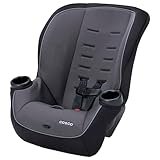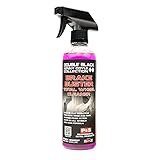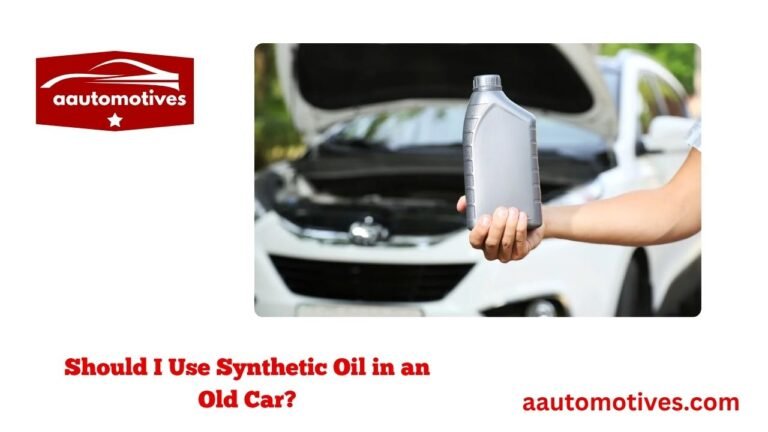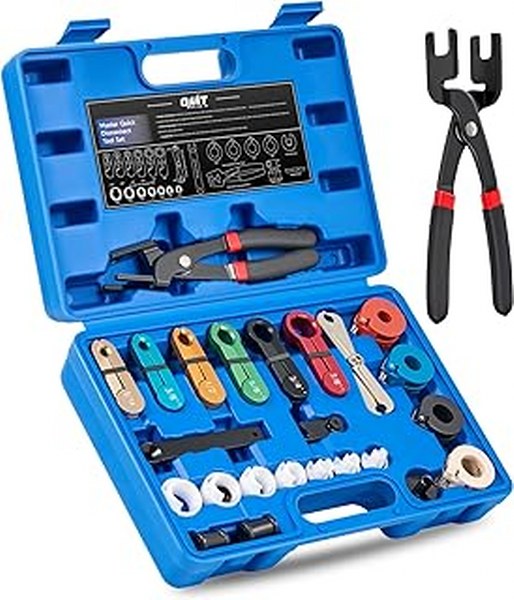10 Best Ways to Prevent Rust in Winter: A 2026 Guide

Have you ever opened your toolbox or gun safe after a long, damp winter only to find a dreaded orange-brown film on your prized possessions? That silent, creeping enemy—rust—doesn’t take a break when the temperature drops. In fact, the constant cycle of cold surfaces, condensation, and moisture from wet boots and snowy gear can make winter the prime season for corrosion. Protecting your investments from this damage is crucial, but where do you even start?
Still unsure which 10 Best Ways to Prevent Rust in Winter suits your daily use? Start by listing must-have features, then match them to budget and real scenarios (work, travel, home). Check build quality, warranty, and any day-one accessories. Finally compare trade-offs like size, noise, battery life or upkeep so you buy with confidence. Use the table below to scan pros and cons at a glance and shortlist the models that truly make sense for you.
| Product Image | Product Name | Best For | Prices |
|---|---|---|---|
 |
Lockdown 12" GoldenRod Dehumidif | Gun Safes | Prices |
 |
Lockdown 36" GoldenRod Dehumidif | Large Vaults | Prices |
 |
SmartSign Icy Walkways Caution S | Outdoor Safety | Prices |
 |
Ultra Soft Winter Woodland Area | Indoor Moisture | Prices |
Lockdown 12" GoldenRod Dehumidif

If you’re serious about protecting your valuable tools, guns, or equipment from rust in a confined space like a safe or cabinet, the Lockdown 12″ GoldenRod is the perfect, set-it-and-forget-it solution.
Its core feature is gentle, consistent warmth. It doesn’t remove moisture like a traditional dehumidifier; instead, it raises the temperature inside your safe just enough to prevent condensation from forming on your cold metal items. Think of it like a cozy electric blanket for your guns, ensuring they stay warmer than the humid air outside, so rust never gets a chance to start.
Beyond its primary function, its design is a huge plus. The rod is incredibly slim and flexible, allowing you to easily route it along the walls of your safe without taking up precious space from your gear. It’s also built to be maintenance-free and lasts for years, making it a reliable and highly effective long-term investment for any collector.
Pros:
- Provides a consistent, gentle heat to prevent condensation
- Extremely low-profile and flexible design saves space
- Completely silent and maintenance-free operation
- Very energy efficient, costing only pennies a day to run
- Simple plug-in operation with no tanks to empty
Cons:
- Only effective in enclosed spaces like safes or cabinets
- Requires an available electrical outlet near your safe
- The initial warmth-up period can take a few hours
Lockdown 36" GoldenRod Dehumidif

If you’re serious about protecting your valuable tools, guns, or equipment from rust in a confined space like a safe or cabinet, the Lockdown 36″ GoldenRod is the perfect solution.
Its core feature is gentle, consistent warmth. It uses a low-wattage heating element to raise the temperature inside your safe just a few degrees. This small change is enough to lower the relative humidity, effectively “drying out” the air so moisture can’t condense on your metal items. Think of it as creating a tiny, dry climate inside your safe, stopping rust before it can even start.
Beyond its effectiveness, the design is incredibly user-friendly. It’s a simple rod that you just plug in and lay at the bottom of your safe—no maintenance, no refilling tanks, and no messy spills. This set-and-forget reliability, combined with its durable build, makes it a strong, long-term investment for anyone needing dependable, hands-off rust prevention.
Pros:
- Extremely reliable and requires zero maintenance
- Low energy consumption for continuous operation
- Simple plug-and-play setup with no installation needed
- Provides uniform protection for the entire enclosed space
Cons:
- Only effective in enclosed spaces like safes or cabinets
- Requires a nearby electrical outlet
- Adds a small amount of heat to the protected space
SmartSign Icy Walkways Caution S

This sign is a perfect fit for anyone who manages a public entrance, from a small shop to a large office building, and wants a simple way to warn people about slippery conditions.
Its key feature is the bold, all-caps “CAUTION ICY WALKWAYS” message, which is printed in high-visibility orange for maximum attention. This instantly communicates the hazard, helping to prevent slips and falls the moment you put it out. For example, placing it by your front door immediately alerts customers or employees to tread carefully.
Beyond the clear message, the sign is built to last through harsh winter weather. It’s made from a durable, corrugated plastic that won’t rust, crack, or absorb water, so you can leave it outside all season without it falling apart. For a reliable, no-fuss warning sign that does its job effectively, this is a fantastic choice.
Pros:
- Highly visible orange color grabs attention instantly
- Made from durable, weatherproof plastic that won’t rust
- Lightweight and easy to move or store when not in use
- Clear, large text leaves no confusion about the hazard
Cons:
- Lightweight design can be blown over in very strong winds
- Not as sturdy or permanent as a metal sign
- The corrugated plastic can look less professional than other materials
Ultra Soft Winter Woodland Area

This cozy rug is a perfect choice for anyone wanting to add a touch of warm, cabin-like comfort to their living room or bedroom during the colder months.
Its super soft, high-pile material feels amazing underfoot, which is a welcome treat on chilly mornings. For example, stepping out of bed onto this plush surface is far nicer than touching a cold, hard floor.
Beyond the comfort, the beautiful winter woodland design with deer and trees is both charming and durable, resisting daily wear and tear. It’s a fantastic, simple way to make any space feel instantly warmer and more inviting.
Pros:
- Incredibly soft and plush underfoot
- Attractive, classic winter-themed design
- Adds a layer of warmth and comfort to any room
- Durable construction holds up well to foot traffic
Cons:
- High pile can be difficult to vacuum thoroughly
- May not be suitable for homes with very heavy furniture
- Design might be too seasonal for year-round use for some
Buyer’s Guide: 3 Key Factors to Consider
Before you choose a rust prevention method, think about your specific needs. The best choice depends on what you’re protecting and how much effort you’re willing to invest.
Durability & Protection Level
Consider the environment your vehicle or tools will face. A simple spray-on protectant might be fine for a garage-kept car, but a vehicle that sees daily use on salted roads will need a more robust solution like a dedicated undercoating or oil-based film for long-lasting protection.
Ease of Application
Be honest about your DIY skills and time. Waxes and spray sealants are user-friendly for a quick weekend project. In contrast, professional-grade rubberized undercoatings or electronic modules require more time, tools, or a professional install. Choose a method you can apply correctly for it to be effective.
Price vs. Performance
Balance your budget with the level of protection you need. While electronic rust inhibitors have a higher upfront cost, they offer long-term, hands-off protection. For a more budget-friendly option, fluid film treatments provide excellent performance but need to be reapplied annually.
Frequently Asked Questions
Q1: When is the best time to apply a rust preventative?
A1: The ideal time is in the late fall, before winter roads are salted. The surface should be completely clean and dry for the product to bond properly and create an effective barrier.
Q2: Can I apply an undercoating over existing rust?
A2: It’s not recommended. You should always remove as much surface rust as possible before applying any new product. Sealing rust in can trap moisture against the metal, causing it to spread underneath the coating unseen.
Q3: Are electronic rust inhibitors worth the money?
A3: They can be a worthwhile, low-maintenance investment for new cars to prevent rust from starting, or for enthusiasts who want to add an extra layer of protection to complement other methods. They are less effective at stopping existing rust.
Q4: How often do I need to reapply a spray-on protectant?
A4: For the best protection, you should reapply most spray-on waxes or oil-based films like fluid film once a year, ideally before each winter season. Always check the manufacturer’s instructions for the specific product you choose.
Q5: Is a professional application better than a DIY job?
A5: For complex methods like rubberized undercoatings, a professional ensures complete and even coverage in hard-to-reach areas. For simpler sprays and washes, a thorough DIY application can be just as effective and will save you money.
Final Verdict: Which One Should You Buy?
For most drivers facing harsh, salted winters, a professionally applied oil-based undercoating offers the best balance of long-lasting protection and value. If you’re seeking a “set it and forget it” solution for a new vehicle, an electronic rust module is a smart investment. For the DIYer on a budget, a high-quality spray-on fluid film applied annually is a highly effective and reliable choice to keep rust at bay.






